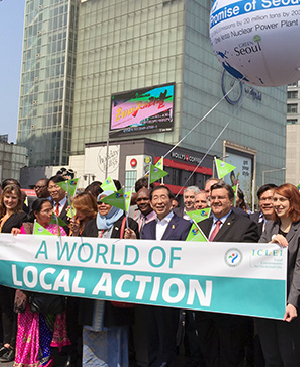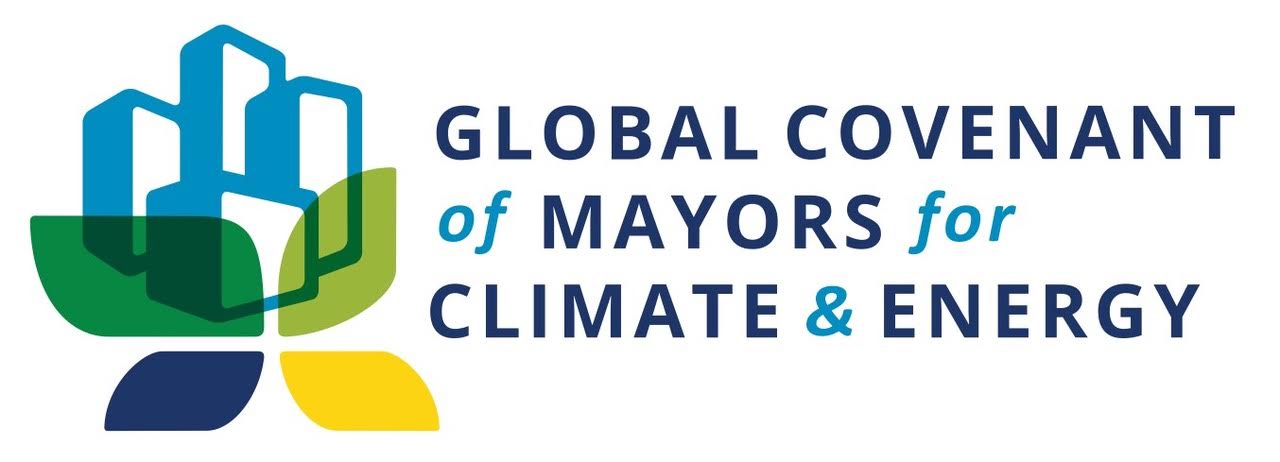- Home
- Reporting entities
- Municipality of San Carlos
Municipality of San Carlos
Uruguay-
Population 27471

-
Area 155.0km 2
-
GDP N/AN/A
-
Targets by N/A N/Aemission
Targets by Municipality of San Carlos
There are no targets yet
- Start year: 2010
- Type: Fiscal / Financial mechanism
- Status: In operation
Actions that tend to greenhouse gas emissions reductions
are one of two types. One calls for the modification of the
energy grid via the partial substitution of thermal generation
by hydro-electrical, wind or solar generation; a second
type seeks to save electrical energy through a variety of savings
plans. With regard to the former, San Carlos installed
10 2-MW experimental wind dynamos connected to the
transmission network. Electrical energy savings plans consist
fundamentally of replacing conventional-lamp public lighting
with LED lamps and sponsorship of solar-based household
water heating. The first of the plans seeks to reduce
public-lighting electrical consumption by up to 40%.

- Start year: 2011
- Type: Technical/Infrastructure investment
- Status: Completed
The local government constructed more than thirty housing
solutions to move resident neighbors from low-lying and
flood-prone areas. In general, these citizens come from society’s most disadvantaged strata, meaning they could not
have independently accessed housing in better locations.
The new housing features basic electric utilities, drinking
water and sanitary services.

- Start year: 2012
- Type: Assessment/Research
- Status: Completed
The city has had to adapt to increasingly intense rains that
rapidly collapse the storm sewer system at the same time
they erode and destroy granular materials-based pavement
that lacks asphaltic treatment or other stabilizers. As
a consequence, storm sewer engineering works are to be
enlarged and pavements are to waterproofed and sealed to
reduce intense rainfall effects.

- Start year: 2011
- Type: Technical/Infrastructure investment
- Status: Completed
Given ever increasing storm-strength winds, the local government
has implemented a pruning campaign for public
trees that has drastically reduced their overall height and
considerably reduced the risk of their blowing over and provoking
damage to life and property.




